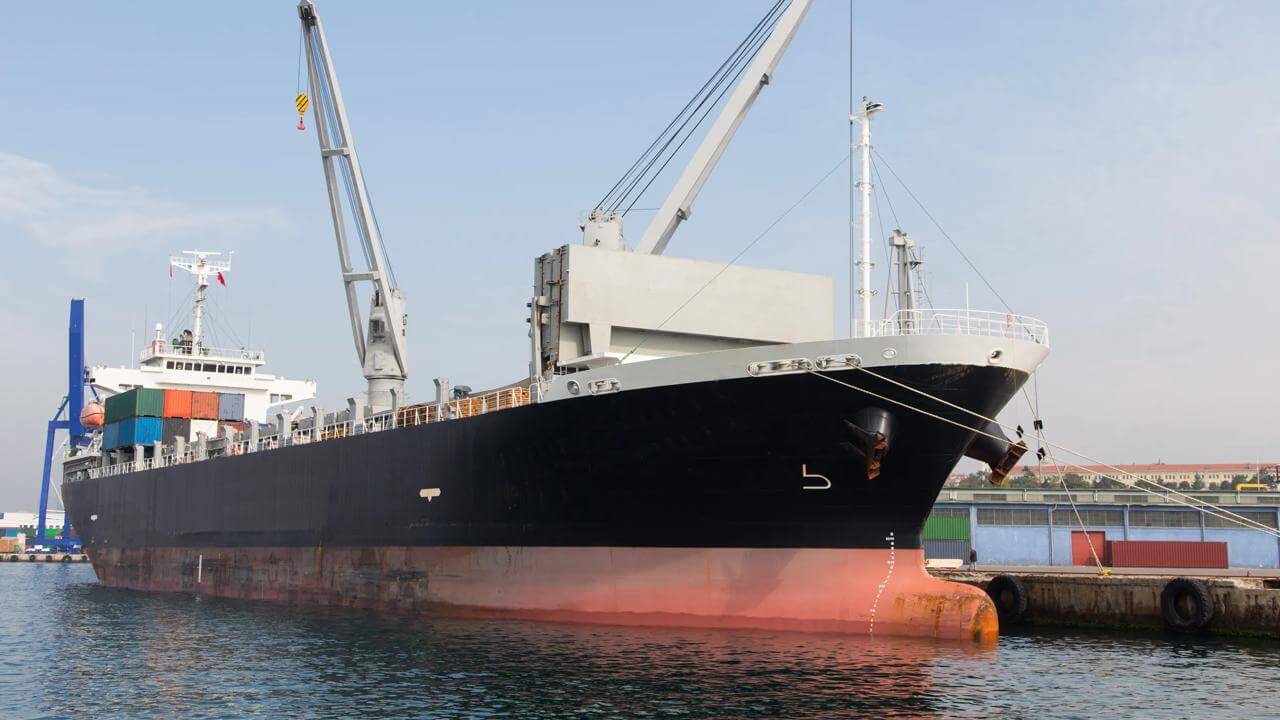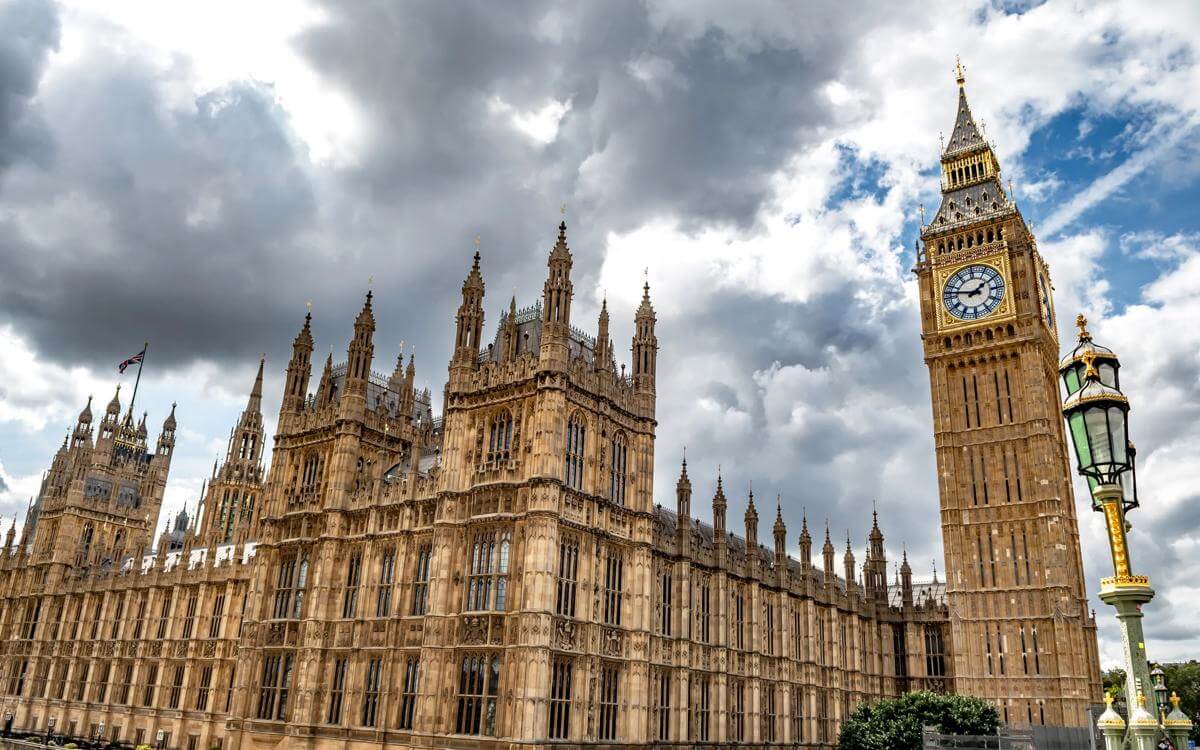Various Claimants v Giambrone and Law and Others Defendants and AIG Europe Limited 2019
On 11 January 2019 Mr Justice Foskett provided his judgment in respect of an application for non-party costs pursuant to section 51 of the Senior Courts Act 1981 against AIG.
On 11 January 2019 Mr Justice Foskett provided his judgment in respect of an application for non-party costs pursuant to section 51 of the Senior Courts Act 1981 (the 'Act') against AIG. This followed “fiercely contested” proceedings, which included an 18 day Trial in 2015 where the Claimants had been successful before Mr Justice Foskett, a 2017 appeal (upholding the first instance decision) and a thwarted attempt to appeal to the Supreme Court. All issues in dispute were determined in favour of the Claimants.
AIG were the insurers of Giambrone & Law, a law firm (the Defendants). The Defendants had previously advised a large number of UK individuals regarding the purchase of apartments in Italy in respect of a development where it appeared there had been a money laundering scheme involving the Mafia. The Defendants faced a large number of claims and AIG sought to aggregate the claims in a way which the Defendants did not agree was permissible. AIG and the Defendants purported to compromise that coverage dispute concerning aggregation by way of a 'Heads of Terms Settlement' (referred to in the judgment as the 'HOTS' document). It recorded that the Defendants would only be entitled to a single limit of indemnity (£3m) but AIG would continue to fund defence costs on an uncapped basis, although, importantly for the purposes of the s.51 application, its obligation to fund defence costs was subject to AIG’s right to withdraw such funding if it reasonably considered there was no realistic prospect of defending the claims.
In its judgment, the court accepted that subsequent to the HOTS, the Defendants played a 'central role' as regards how the proceedings were defended. Mr Justice Foskett found that: “every possible point was taken on behalf of the Defendants and such concessions as were made were made very late and made only when the position maintained hitherto was plainly untenable” and that having allowed the Defendants to have a key role as to the defence, AIG knew the Defendants would be likely to err on the side of fighting every point.
Another important factor in the court’s decision was the uncertainty that surrounded the enforceability of the HOTS and the Defendants frequent reference to an intention to challenge AIG’s attempt to aggregate all of the claims, which they argued was not permissible as a matter of law (both by reference to the law on aggregation and the impact of the Solicitors Minimum Terms and Conditions). AIG’s decision to provide uncapped defence costs funding and its reluctance to withdraw such funding appears to have been motivated by a desire not to trigger the re-opening of the aggregation dispute which the HOTS purported to compromise. This, it was held, gave rise to reciprocity or benefit in AIG’s favour.
Another critical factor which Mr Justice Foskett relied upon in deciding that AIG should contribute towards the Claimants’ costs was the clear and consistent view (that was being expressed to the Defendants ad AIG (both before and after the HOTS were agreed) was that the claims would be 'extremely difficult to defend' and prospects of success for the defences were never put higher than 35%. The court considered that AIG’s concerns as to the Defendants seeking to re-open the aggregation dispute if it withdrew defence costs funding were so great that, notwithstanding its right in the HOTS to withdraw funding if it considered the defence did not have realistic prospects of success, it made a “conscious decision” not to do so.
Against this background, the court did not accept that AIG’s repeated attempts to bring about a settlement overcame the imbalance caused by it continuing to fund the costs of a defence it knew was very likely to fail and in circumstances where the indemnity available under the policy (as amended by the HOTS) would be insufficient to meet the extent of the damages and costs award that would likely be made.
Mr Justice Foskett was of the view that AIG’s maintenance of defence costs funding caused the Claimants to incur twice the costs they would otherwise have incurred. Therefore, as a result of AIG’s involvement and that as a matter of causation, the Defendants would not have adopted the same approach had they been meeting their own defence costs. Therefore AIG were ordered to meet half of the Claimant’s costs.
Analysis
This decision reflects the “reciprocal” approach recognised in the Travelers v XYZ (2018) Court of Appeal decision. This approach reflects the fact that the court should only exercise its s.51 jurisdiction where it is just to do so. This principle is embodied in a comment made in a New Zealand decision which Mr Justice Foskett endorsed: “the overall rationale [is] that it is wrong to allow someone to fund litigation in the hope of gaining a benefit without a corresponding risk that that person will share in the costs of the proceedings if they ultimately fail.”
Previous jurisprudence on s.51 makes clear that non-party costs orders should be ‘exceptional’ i.e. outside the ordinary run of cases. The s.51 jurisdiction has been held to be very fact-specific such that Mr Justice Foskett cautioned against an approach which regarded previous decisions as setting binding precedent that should be dogmatically applied in every case. It is therefore necessary to focus on the principles and factors that give rise to risk.
The key factors to look out for which would present a risk of a s.51 non-party costs exposure are:
- supporting difficult defences that are very likely to fail
- funding defence costs without exercising control of defence rights despite negative prospects
- reaching coverage compromises, including in relation to aggregation, which involve agreeing on-going funding of defence costs in consideration for the overall coverage compromise
- a situation where any arrangement has the net result of an insurer funding litigation where there would likely be insufficient funds to pay the Claimant’s costs in the event the claim is unsuccessful
- the s.51 risks that arise from the above are not mitigated by either promoting/seeking settlement with claimants or informing claimants about any indemnity shortfall which might arise will not in itself be sufficient to avoid a s.51 liability.
Contact

Jonathan Newbold
Partner
jonathan.newbold@brownejacobson.com
+44 (0)115 976 6581






































